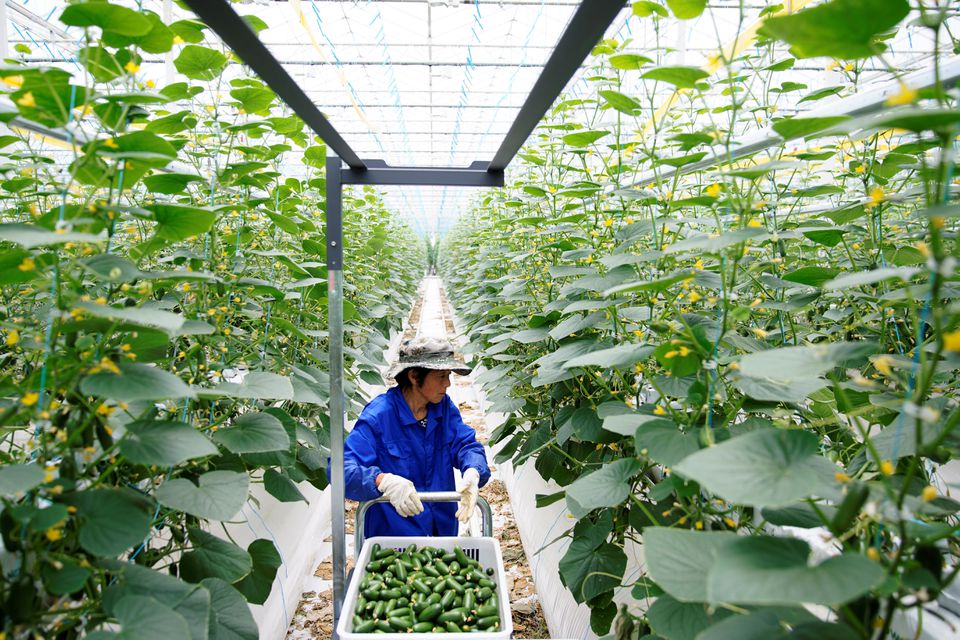Recent projections for global substrate demand have shed light on the challenges the industry faces in the years and decades ahead. New crops being produced in substrates (including soft fruit, vegetables and leafy greens, transplants, and cannabis) are helping to drive the future demand in addition to the emerging Chinese horticulture market.
Even though in the beginning very few growers in China knew what coir was, increasing numbers are now discovering its advantages in increasing productivity, and not only are they using it, but they are also learning to identify good from bad quality, which is very positive for the future growth of this market.
Although greenhouses in China are gradually changing from soil to soilless growing medium, especially coir, many growers are not yet willing to pay for this change. For this reason, demonstration greenhouses have sprung up across China, which allows local growers to experience first-hand the advantages of these new practices before they are ready to invest on their own. However, this transition process will require time and ongoing technical support from suppliers to increase the demand for grow bags. This is why Biogrow has assembled a local team to follow and support our clients.
Another important factor in all of this is the dramatic hike in sea freight prices since the beginning of the global pandemic. This has had a strong effect on the supply and geographical demand of cocopeat & peat moss. Previously, peat moss harvested in Northern Europe went primarily to Europe and Asia, and cocopeat produced in Asia was shared between Northern Europe, Northern America, and Asia. Now because of the astronomic cost of sea freight, the peat moss is staying in Europe, and the demand for compressed substrate has increased in Asia, with a particular focus on bales and loose coir.
As things currently stand, there are no raw materials that can be used to make cocopeat in China. Although the Hainan region is rich in coconut, the output and product varieties do not meet the production standards of cocopeat, so the demand for Sri Lankan and Indian cocopeat will remain high for the foreseeable future.
Time will tell if this “pandemic-influenced” change will become a permanent feature in the global substrates market or whether things will eventually revert back to the way they were before. And what will decide this? In three words, ocean freight cost.

